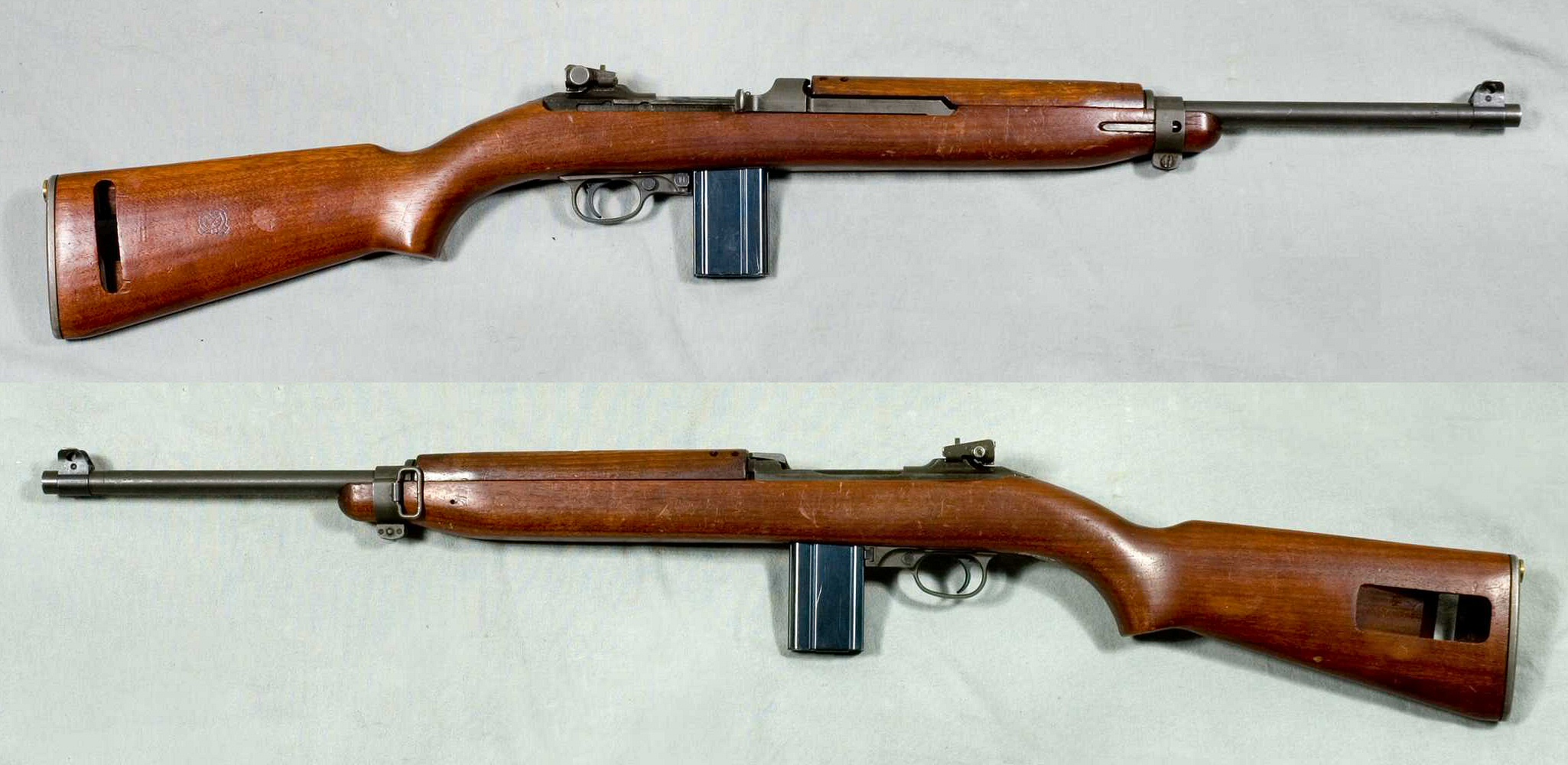
The M2 Carbine, a pivotal firearm in the history of American military armament, filled a unique role during its service from World War II through the Vietnam War.

As a selective-fire version of the iconic M1 Carbine, the M2 featured critical design elements for modern infantry warfare, including a selector switch for semi- or fully-automatic fire, illustrating an evolution in combat needs that emphasized portability, burst fire capability, and maneuverability.

The journey of the M2 began with the M1 Carbine, which was created to meet the U.S. Army’s need for a lightweight, semi-automatic weapon that could be more effective than a pistol yet less cumbersome than a full-size rifle. The development process was a swift response to the changing landscape of warfare, where mobile and airborne units signaled a shift from the trench-based conflicts of yesteryear.

Winchester engineers undertook the challenge, rapidly producing a prototype that won the Army’s favor in a remarkably short timeline.

By the time the United States entered the Second World War, the M1 Carbine was set to equip troops with a weapon that weighed a mere five pounds and used the 30 carbine caliber cartridge with hitting power in between that of a pistol and rifle round, that remained accurate up to 180 meters.

The M2 Carbine, however, came into the picture in the late stages of World War II, officially adopted in 1944 but seeing limited action due to the war’s imminent end.

Its real test came during the Korean War and the early stages of the Vietnam conflict, where its adaptability shone. The M2 retained the advantages of the M1, including its lighter weight and semi-automatic fire, but introduced the ability to switch to fully automatic fire, which was a revolutionary capability at the time.

Amidst the battles of the Korean War, the M2 allowed troops to lay down suppressive fire swiftly when faced with surprise enemy engagements.

Its effectiveness at close quarters became evident, and it even served a specific role in night patrols and ambushes due to its fully automatic burst capability.

Nevertheless, the M2 was not without its drawbacks. As Army historian S. L. A. Marshall noted, inexperienced soldiers often misused the fully automatic mode, leading to wasted ammunition and potentially dire situations when close-range combat ensued.

Another point of contention with the M2 was its stopping power. The intermediate-power cartridges sometimes failed to incapacitate enemies, particularly at longer ranges. Moreover, these rounds were susceptible to leaving rust deposits when loaded in the carbine for extended periods.

Despite these issues, the M2 Carbine’s role in combat was undeniable, and it set the stage for future developments in infantry weapons.

This weapon’s importance is further underscored by its widespread production and use, not just in the U.S. military but also by allied forces around the world.

With over six million units produced, the M2 became the most prolific military arm in American history. Its distribution and effectiveness in various theaters of combat, from Europe to the Pacific, marked it as a weapon that, despite its challenges, met the demands of the modern battlefield.

As the M2 transitioned out of service, replaced by newer models like the M14 and M16, its legacy persisted, particularly among special forces and international police units.

